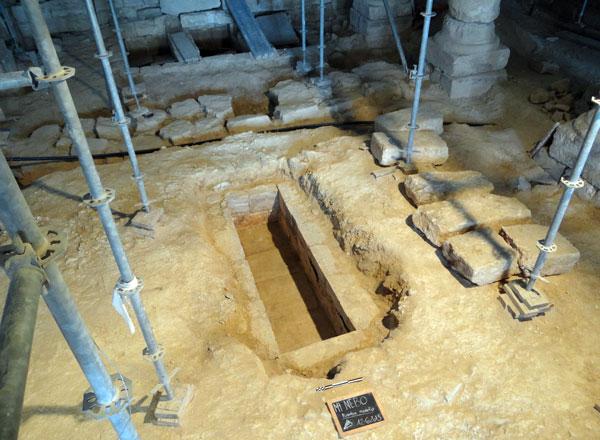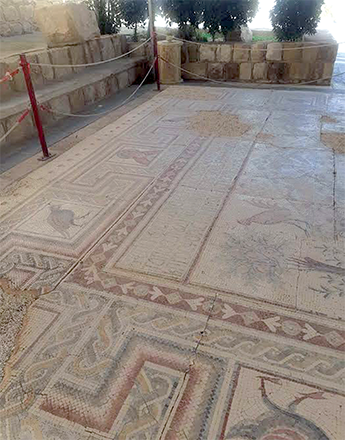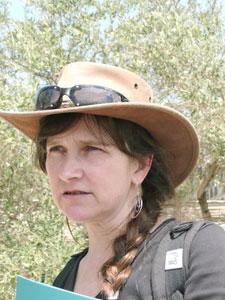You are here
Recent excavations at Mount Nebo shed light on ancient monastic life
By Saeb Rawashdeh - Nov 09,2017 - Last updated at Nov 09,2017

A burial shrine built by monks which commemorates the Prophet Moses (Photo courtesy of Davide Bianchi)
AMMAN — Latest excavations from Mount Nebo provide new elements related to the architectonical evolution of the basilica of the Memorial of Moses, according to an Italian scholar.
Davide Bianchi, a post-doctoral university assistant at the Institut für Klassische Archäologie at the University of Vienna said in a recent e-mail interview to The Jordan Times that one of their most important discoveries was the identification of the oldest Christian burial-shrine built by monks to commemorate Prophet Moses.
The archeologist said that this evidence allows them to include the coenobium (a monastery) of Mount Nebo within the network of the Jordanian monasteries related to the worship of biblical figures (the monastic complex of St Aaron, near Petra; the two religious compounds linked to the Prophet Elijah, in Thisbe and Wadi Al Kharrar; and the Sanctuary of Lot at Deir ‘Ain ‘Abata, in the Zoara Valley).
Bianchi, who has been engaged in the archaeological project of the Memorial of Moses directed by Father Eugenio Alliata for the past five years, said that the pottery and coins recovered in the preparatory layer of the oldest mosaic in the nave of the basilica suggest that the construction of the burial-shrine could be dated to the second half of the 5th century AD.
“During the surveys between 2012 and 2014, we also excavated one room of the monastery where we found a tannur oven”, Bianchi noted, stressing that these cooking facilities were mostly used for baking bread for food production and liturgical purposes, and maybe for the pilgrims visiting the shrine of Moses.
This is important to note since “The Travel of Egeria” (the Roman pilgrim who visited the major Christian shrines in the Eastern Mediterranean between 381 and 384AD) reports that the ascetic monks of the Uyun Musa Springs would offer pilgrims their “blessings”, which were perhaps “blessed breads”, he speculated.
According to the Italian scholar, the archaeological data showed that even after “a traumatic event, probably the earthquake of 749 AD, the monks were able to implement an important restoration of the basilica”.
“We may assume that the last restoration of the basilica of Siyâgha took place after 762 AD. This date is suggested by the repaving of the mosaic floor in the church of the Theotokos, in the Wadi ‘Ayn Al Kanisah, that recalls the restoration activities in the Nebo region,” he emphasised.
The shift from the Umayyad to the Abbasid rule does not seem to have affected the monastic privileges and Mount Nebo’s monastic community’s financial availability, Bianchi underscored.
Bianchi hopes that within the next years, he will be able to continue his research with further analysis in the unexcavated areas of the monastery.
“I think that a deeper study of the monasteries in the Nebo region and in the Bishopric of Madaba will allow us to get a clearer picture of the evolution and functions of the sanctuary of Moses,” he concluded.
Related Articles
AMMAN — During the 3rd century AD, monks established the first monastic centres in the Levant, drawn to this region for its suitability for
AMMAN — The oldest known monastery in Jordan is on Mount Nebo, a place which the Roman female pilgrim Egeria visited at the end of 4th centu
AMMAN — Between 1997 and 2013, the Finnish Jabal Haroun Project (FJHP) has carried out archaeological excavations at a Byzantine monastery l














